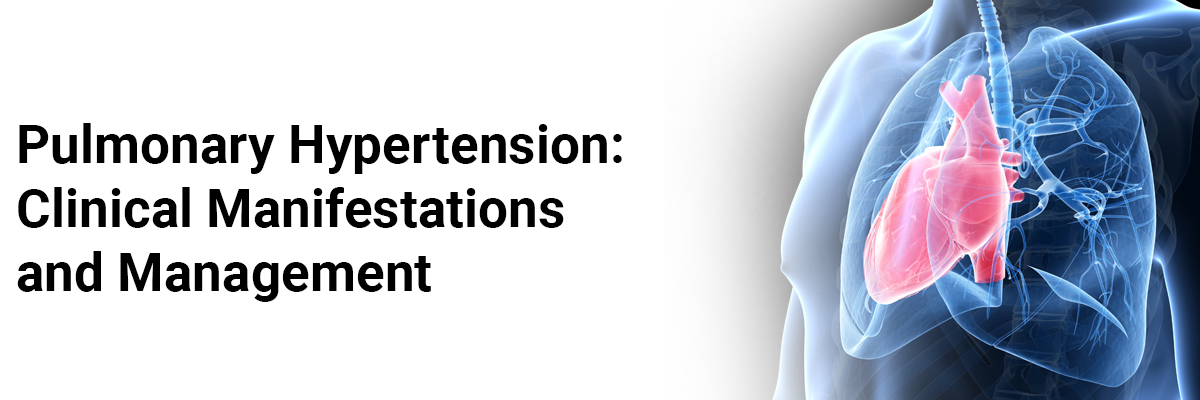
 Mrs. Mayuri Mathur
Mrs. Mayuri Mathur
Pulmonary Hypertension: Clinical Manifestations and Management
Pulmonary hypertension (PH) is a medical condition characterized by high blood pressure in the pulmonary arteries responsible for carrying oxygen-deficient blood from the heart to the lungs. The narrowing of the pulmonary arteries due to high blood pressure disrupts the normal blood flow through the heart and lungs. As a result, the heart has to work harder to pump oxygen-poor blood to the lungs. Over time, this damages the heart and leads to complications throughout the body. If left untreated, PH can be life-threatening.
PH can affect adults at any age, particularly those with heart or lung conditions and other medical conditions like mitral valve disease, aortic valve disease, scleroderma, sickle cell disease, and HIV. While PH primarily affects adults, it can also rarely affect newborns, known as persistent pulmonary hypertension of the newborn (PPHN).
PH is often a complication of heart or lung disease, but it can also be caused by various other factors that increase the risk of developing the condition.
Clinical Indicators
Pulmonary hypertension (PH) has nonspecific symptoms and signs. The initial pulmonary hypertension symptom is experiencing breathlessness during daily activities like climbing stairs or shopping. However, as the condition progresses, symptoms worsen, making it increasingly difficult to engage in regular activities. Symptoms of PH may be absent or mild at the early stages, but as pulmonary hypertension advances, you may experience:
• Bluish discoloration of the skin or lips
• Chest pain or pressure
• Dizziness or fainting
• Fatigue
• Decreased appetite
• Abdominal ache (upper right side)
• Rapid heartbeat
• Swelling (edema) in the ankles, legs, or abdomen
Clinical Complications and Preventive Measures for Pulmonary Hypertension
Over time, PH can lead to several clinical complications, which may significantly impact a patient's health and quality of life. Some of the common clinical complications associated with pulmonary hypertension include:
1. Right-sided heart failure: As the pulmonary arteries narrow and the pressure increases, the right side of the heart has to work harder to pump blood into the lungs. This increased workload can eventually lead to right-sided heart failure.
2. Arrhythmias: Pulmonary hypertension can disrupt the heart's normal electrical signals, leading to abnormal heart rhythms or arrhythmias leading to stroke or sudden cardiac arrest.
3. Blood clots: The elevated pressure in the pulmonary arteries can contribute to the formation of blood clots, particularly in the small vessels of the lungs, leading to further complications such as respiratory failure.
4. Pulmonary edema: In some cases, pulmonary hypertension can result in fluid accumulation in the lungs, leading to pulmonary edema.
5. Exercise intolerance: As pulmonary hypertension progresses, patients often experience exercise intolerance. The increased pressure in the pulmonary arteries limits the ability of the lungs to efficiently supply oxygen to the body during physical activity, leading to fatigue and reduced exercise capacity.
Diagnosis of Pulmonary Hypertension
To diagnose the condition, your doctor may conduct a physical examination to check for signs of pulmonary hypertension and other heart or lung issues. Since pulmonary hypertension symptoms can be similar to other conditions, some diagnostic tests may be necessary.
These tests may include:
• Right heart catheterization to measure the pressure inside your pulmonary arteries and assess your heart's pumping capacity,
• Doppler echocardiogram to evaluate the function of your right ventricle and blood flow through your heart valves,
• Blood tests to check for organ function, hormone levels, and infections,
• Chest CT scan to look for blood clots or lung conditions contributing to pulmonary hypertension,
• Chest X-ray to assess the size of your right ventricle and pulmonary arteries,
• Polysomnogram to determine if you have sleep apnea,
• Pulmonary ventilation/perfusion scan to detect blood clots in your lungs.
• A six-minute walk test may also be performed to evaluate your exercise capacity and oxygenation levels during physical activity.
Treatment of Pulmonary Hypertension
Pulmonary hypertension treatments depend on the specific type and underlying medical conditions. The available treatments are mainly intended for pulmonary arterial hypertension (PAH) and chronic thromboembolic pulmonary hypertension (CTEPH). PAH can be managed with medications such as calcium channel blockers, diuretics, oxygen therapy, and pulmonary vasodilators. CTEPH treatment may involve anticoagulants, balloon atrial septostomy (BAS), balloon pulmonary angioplasty (BPA), medication, or pulmonary endarterectomy (PEA).
Treatments for PH associated with other medical conditions are still evolving, and a personalized care plan will be developed in collaboration with your healthcare provider. For PH caused by heart or lung problems, the focus is on managing the underlying conditions. Treatment plans may involve dietary and lifestyle changes, medication to manage hypertension or heart failure, oxygen therapy, and potentially surgery for heart valve repair. A lung transplant may be considered a last resort option in severe cases.
Pulmonary vasodilators are medications specifically used for PAH and CTEPH to relax the pulmonary arteries, lower blood pressure, and reduce strain on the right side of the heart. Other medicines may be prescribed based on the underlying conditions contributing to pulmonary hypertension.
Tips to Prevent PH:
While preventing pulmonary hypertension may not always be possible, taking steps to prevent or manage other medical conditions can help reduce the risk. This includes:
• Creating an exercise plan
• Following a heart-healthy diet
• Quitting smoking and tobacco use
• Taking prescribed medications for blood pressure and other conditions.
The bottom line
In conclusion, pulmonary hypertension is a progressive condition that requires timely intervention for improved survival rates and long-term management. It is crucial for individuals with pulmonary hypertension to receive regular medical monitoring, adhere to prescribed treatments, and adopt lifestyle modifications to manage the condition effectively and minimize the risk of these clinical complications. Early detection and appropriate management can help improve outcomes and enhance the overall well-being of patients with pulmonary hypertension. With proper support and guidance, individuals can navigate the challenges associated with pulmonary hypertension and strive for a fulfilling life while effectively managing the condition.

Mrs. Mayuri Mathur
Mrs. Mayuri Mathur is a Senior Medical Writer (Patient education and digital) and seasoned content creator with a rich tapestry of expertise spanning over ten years. With a diverse background in content creation, she brings a wealth of experience to the table, from crafting insightful medical articles to developing comprehensive patient education materials, dynamic press releases, and captivating brochures and website content. Throughout her illustrious career, she has demonstrated an exceptional knack for distilling complex medical concepts into easily understandable content, making her a trusted resource for both professionals and lay audiences alike. Her meticulous attention to detail and innate creativity have enabled her to deliver content that not only informs but also engages and inspires. Whether elucidating intricate medical procedures or crafting compelling marketing materials, her versatility and dedication shine through in every project she undertakes. Her passion for writing, coupled with her profound understanding, makes her an invaluable asset to any team or project. In a constantly evolving digital landscape, where effective communication is paramount, Mrs. Mayuri Mathur stands out as a beacon of excellence, consistently delivering top-notch content that resonates with audiences across diverse platforms.

.png)
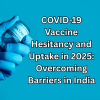
.png)
.png)

.jpg)


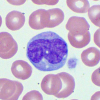

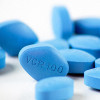
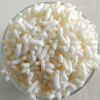




Please login to comment on this article